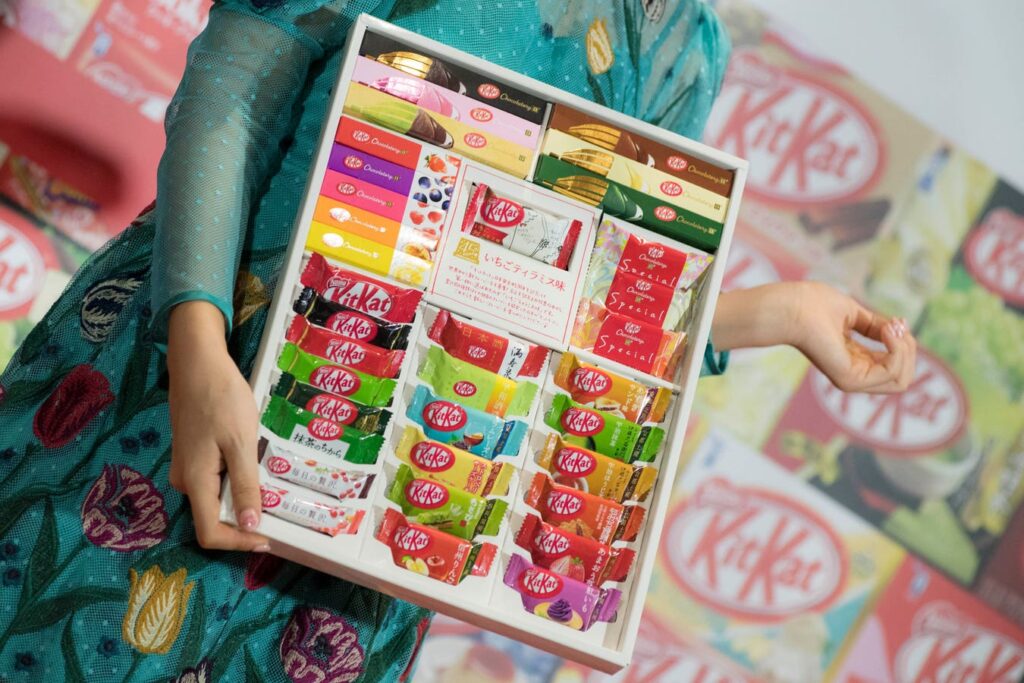In Japan, there are hundreds of unique Kit Kat flavors you can’t find anywhere else in the world.
I don’t care what month of the year it is, you’re not going to find a snow shovel to buy at the Ace Hardware store in Miami, where temperatures rarely dip below 60 degrees. However, if you go to Montana or Maine, where snowfall is measured in feet rather than inches, there’s a pretty good chance you’ll find one nearly year-round. The point is that while most Ace Hardware stores have a similar look and feel, the management and owners of the individual stores know their customers well enough to make adjustments to meet the needs of different locations, climates, demographics and more. For a chain like Ace, one size does not fit all.
The Ace Hardware example sets up the idea for this article: that all companies—large and small, international and local—must recognize the power of adapting to the local and individual preferences customers expect and demand.
I recently had the pleasure of interviewing Katherine Melchior Ray, co-author (with Nataly Kelly) of Brand Global, Adapt Local: Building Brand Value Across Cultures, for an episode of Amazing Business Radio. She shared much more on the concept of meeting customers’ needs specific to location, culture, religion and more. For example:
- In Japan, there are hundreds of unique Kit Kat flavors you can’t find anywhere else in the world. Kit Kat knows its customers and recognizes the need to adapt.
- In the U.S., customers often want to be approached by a salesperson in a store. But in Singapore, it’s considered taboo for salespeople to approach a customer first.
Those two examples demonstrate differences among cultures. The Kit Kat example is about adapting a product, while the salesperson’s approach to customers is cultural. But it’s more than that. Melchior Ray talked about the importance of understanding communication styles, the power of personalization to individual preference, adapting products and services for local tastes and more. Here are five ideas of the many she shared in our interview that will help you navigate the cultural, local and individual preferences and differences of your customers:
- Understand Cultural Diversity: Different regions and cities can include a variety of cultures and nationalities, forming pockets within the community where diverse preferences and expectations coexist. Businesses must embrace their approach to customer experience and their offerings and tailor them to fit cultural nuances.
- Personalization Exists for All Product Levels: A personalized experience isn’t just for higher-end items. It must exist at all product levels. While luxury items may demand a deeper understanding of a customer’s personal preferences, there is also a need to personalize for any type of experience, expensive or not.
- Embrace Cultural Humility: When a company or brand makes an effort to understand its customers’ cultural backgrounds, it shows that it values the relationship over making a sale. Trust and brand loyalty are strengthened, which can lead to repeat business and customer loyalty.
- Change the Look: An obvious example of this is Starbucks. Not all Starbucks stores look alike. The brand adapts the physical look to reflect local architectural styles, making its presence feel more connected and relevant to the local community. Customers enjoy seeing some of their local culture reflected in a brand.
- Large Brands Must Think Small: Effective global brand positioning requires a nuanced understanding of the local market. Universal campaigns must be carefully crafted to retain the meaning of the brand’s message but still be relevant to individual market preferences. Adapting products and messages isn’t just about language but also requires an understanding of cultural values and local needs. Successful brands find the balance between global consistency and local characteristics to stay relevant in the diverse markets in which they do business.
Understanding and adapting to cultural differences isn’t just good customer service. It’s smart business in general. As Melchior Ray demonstrates through her research and examples, companies that successfully balance global brand consistency with what she refers to as “local cultural sensitivity” create deeper connections with their customers. Whether you operate internationally or have one location that serves a diverse community (age, ethnicity, gender, etc.), the ability to recognize, respect and adapt to these differences can give you a competitive advantage and keep your customers coming back for more.
Read the full article here
